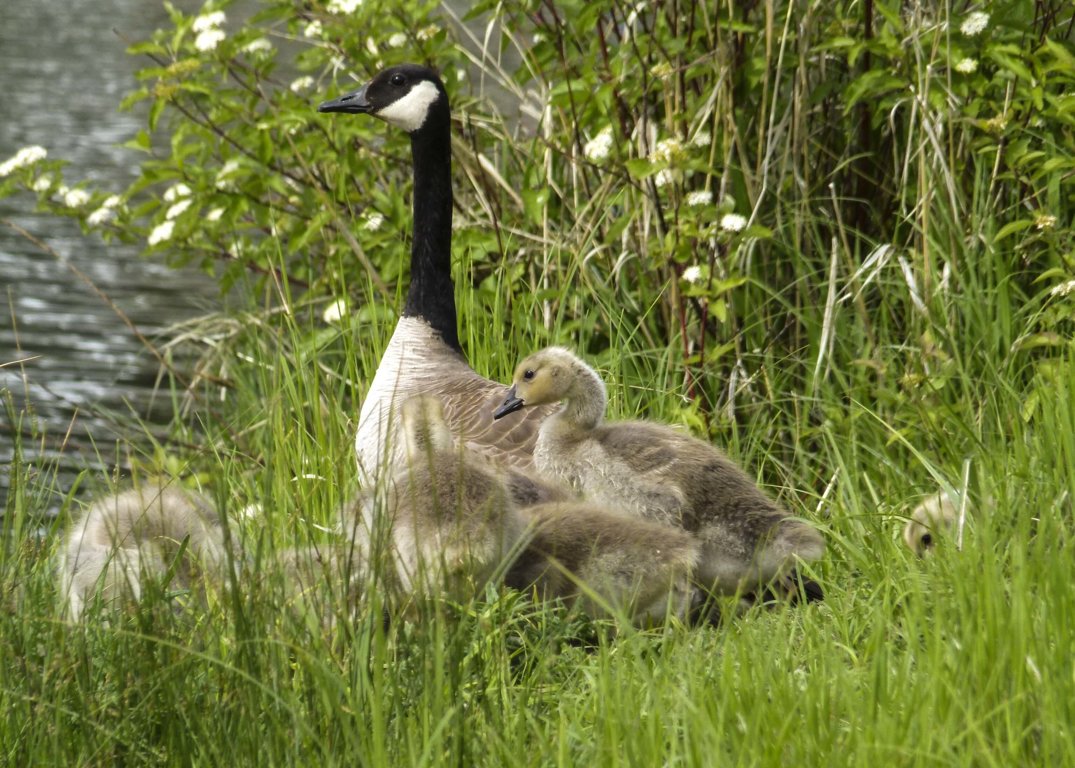 Ducks & Geese
Ducks & Geese
Swimming gracefully across a pond or waddling comically across the land, ducks are a common feature of the landscape of most of America. There are statues devoted to them in a park in Boston, and every year that city holds a parade for the Bostonian ducklings. Walt Disney created the sputtering Donald Duck, and Warner Brothers followed with a less feisty, yet still speech-impaired, Daffy Duck.
Ducks are very social animals. Males and females sometimes live in pairs or together with their ducklings. They communicate both vocally and with body language. At other times ducks spend much of their time—during both day and night—in larger groups.
The domestic duck has a normal life span of ten years. By contrast, a pair of geese will get together to raise a family and, for the most part, will stay together the rest of their lives (up to 25 years), raising new families each year.
One of the most distinguishing characteristics of geese is that they form a giant "V" across the sky. This amazing trick actually helps each bird fly further than if flying alone. When a goose falls out of formation, she will feel the drag and move quickly back into formation to take advantage of the lifting power of the bird in front of her. When the lead goose gets tired, he rotates back into formation leaving another goose in the front position. They even honk to encourage those up front to keep up their speed.
Geese have very strong affections for others in their group (known as a gaggle). If one in the gaggle gets sick, wounded, or shot, a couple of others may drop out of formation and follow the ailing goose down to help and protect him. They try to stay with the disabled goose until he dies or is able to fly again, then they catch up with the group or launch out with another formation.
Much of a goose's time is spent foraging for food, most of which is obtained by grazing. They honk loudly and can stretch their long necks out to great length when scared or threatened.
Ducks and geese are wild animals, but they have domesticated counterparts who are raised for their eggs and meat, down and feathers. They're less commonly known as farm animals, yet they can certainly fall within this category.

 Ducks & Geese
Ducks & Geese